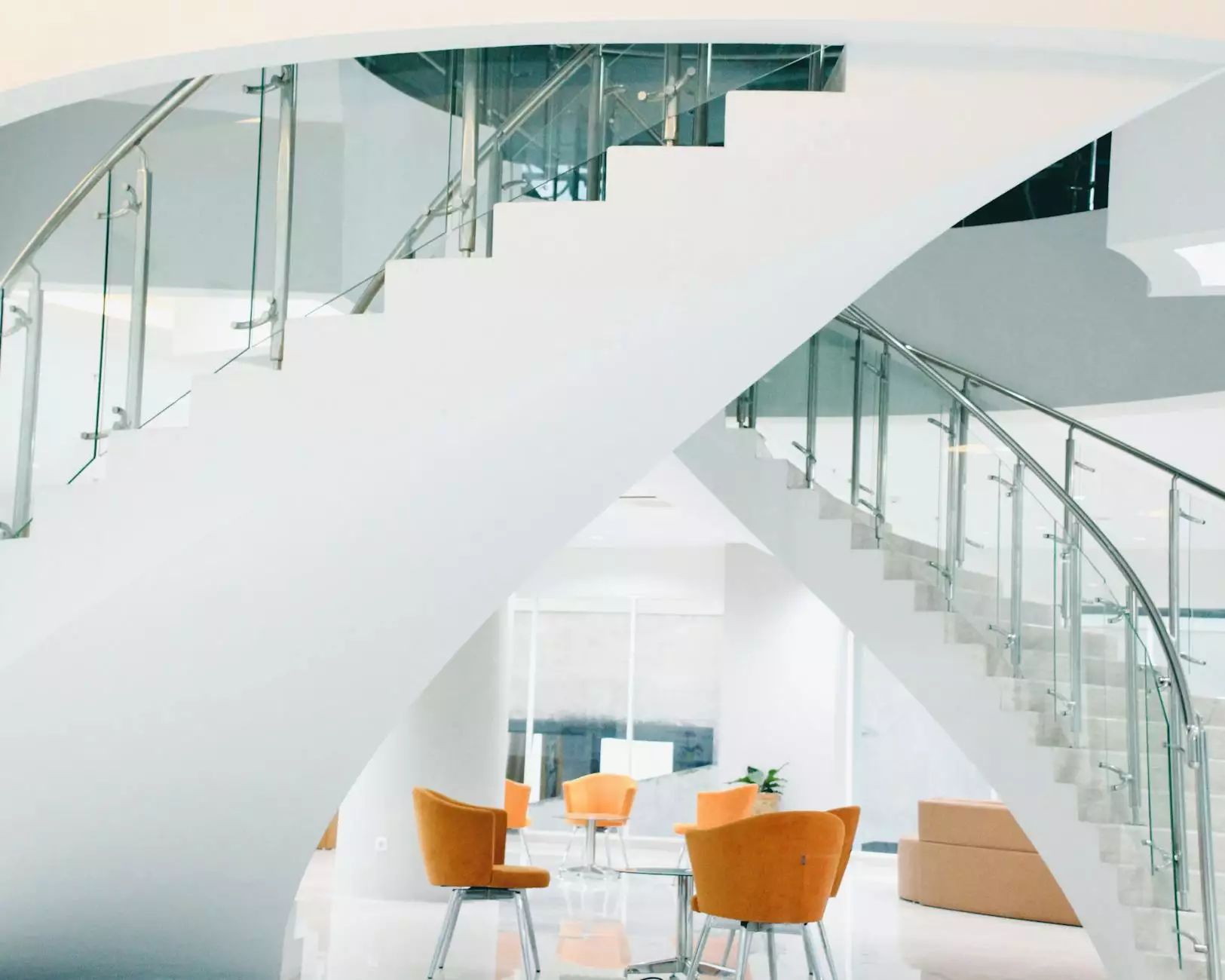The Advantages of Natural Office Design in Modern Workspaces

In today's fast-paced corporate environment, creating a workspace that promotes productivity, creativity, and employee well-being has become a crucial consideration for businesses. One innovative approach that has gained immense popularity is natural office design. This concept emphasizes a work environment that harmonizes with nature, enhancing not only aesthetic appeal but also functionality.
Understanding Natural Office Design
Natural office design refers to the integration of natural elements into the workspace. This can include the use of organic materials, effective use of light, and incorporating greenery such as plants and living walls. The goal is to create a soothing atmosphere that enhances the comfort and productivity of employees while also reflecting a company's commitment to sustainability.
Key Principles of Natural Office Design
- Biophilic Design: This principle focuses on the human connection to nature. Incorporating natural elements, such as water features or plant life, can significantly improve workplace morale.
- Natural Lighting: Maximizing natural light can reduce energy costs and create a more pleasant work environment, influencing mood and alertness.
- Use of Eco-Friendly Materials: Natural materials like wood, stone, and bamboo enhance aesthetic appeal while supporting eco-friendly initiatives.
- Flexible Spaces: Designing spaces that accommodate various activities encourages collaboration and creativity.
Benefits of Adopting a Natural Office Design
Transforming a conventional office into a natural office design paradigm offers numerous benefits that can significantly impact a business’s success.
1. Enhanced Employee Well-Being
Research has shown that exposure to natural elements can reduce stress and enhance mental health. Employees working in environments enriched with plants and natural light report feeling happier and more relaxed. This positive impact subsequently leads to higher levels of employee satisfaction and retention.
2. Increased Productivity
Natural office designs have been proven to boost productivity. Employees are more focused and energized when surrounded by a well-thought-out natural environment. Studies indicate that workers in such environments experience a 15% increase in productivity, mainly due to improved air quality and reduced stress levels.
3. Creativity and Innovation
A natural office design encourages creative thinking. Spaces that incorporate natural light and organic materials can inspire innovative ideas and solutions. A walk through a green space can ignite fresh perspectives, making it easier for teams to collaborate effectively.
4. Sustainable Practices
Companies adopting natural office design principles often align with sustainable practices. By using eco-friendly materials and ensuring energy efficiency, businesses can significantly reduce their environmental impact. This commitment helps in appealing to eco-conscious clients and customers, enhancing the brand's reputation.
Implementing Natural Office Design in Your Workspace
Transforming your office into a naturally designed space requires thoughtful planning and execution. Here are some key steps businesses can take:
1. Assess Your Current Environment
Start by evaluating your existing workspace. Identify areas that could benefit from natural elements and assess the layout for better light and airflow.
2. Engage with Employees
Involve employees in the design process. Gather their insights and suggestions on preferred elements that they believe would enhance their work environment. This participative approach can help boost morale and engagement.
3. Incorporate Plants and Greenery
Add plants in various forms throughout the office; consider having a living wall, or using potted plants strategically placed in high-traffic areas. Plants not only improve air quality but also add an inviting aesthetic.
4. Optimize Natural Light
Make the most of windows and open spaces to maximize natural light in your work environment. Consider installing glass partitions to allow light to flow through the space freely.
5. Choose Natural Materials
Select furniture and fixtures made from sustainable materials. Wood finishes, stone surfaces, and recycled materials can enrich the workspace without compromising the design.
Case Studies: Successful Natural Office Design Implementations
1. Antham Group – Leading by Example
As a general contractor, Antham Group has embraced the principles of natural office design in its projects, demonstrating how effective these strategies can be. Their commitment to sustainable building practices not only enhances their projects’ appeal but also cultivates an environment where both clients and employees thrive.
2. Google – A Green Oasis
Google’s offices are a perfect example of natural office design integration. With open spaces filled with greenery, natural light, and areas dedicated to relaxation, Google promotes a culture of innovation and well-being. Their investments in natural elements have shown proven returns in employee productivity and satisfaction.
Conclusion: The Future of Workspaces
The paradigm of workspaces is shifting from traditional designs to more natural office design concepts that prioritize employee well-being and environmental sustainability. By implementing these principles, businesses not only create a more inviting and productive atmosphere but also position themselves as leaders in their industries.
As organizations continue to navigate the complexities of modern-day work scenarios, the significance of natural office designs will undoubtedly become more apparent. By investing in a workspace that fosters connection with nature, businesses can enhance overall well-being, drive productivity, and ensure a thriving workplace for years to come.
Get Started with Your Natural Office Design Journey
Ready to transform your office? Engage with professionals who specialize in natural office design. Collaborating with experts can help bring your vision to life, ensuring your workspace not only meets functional needs but also promotes a healthier and happier work environment.









